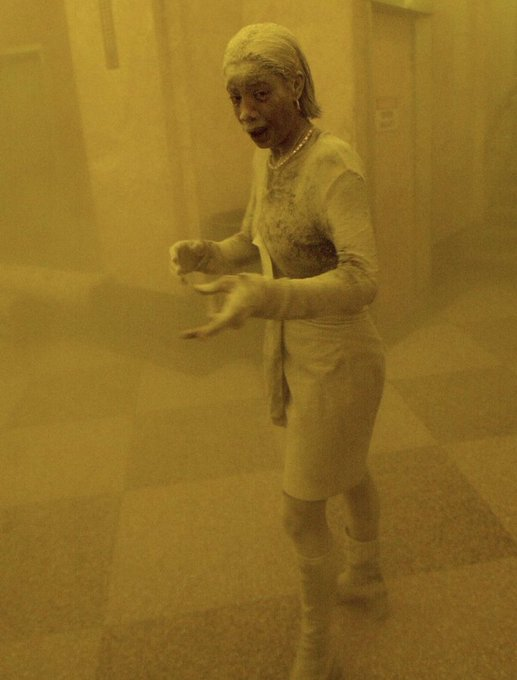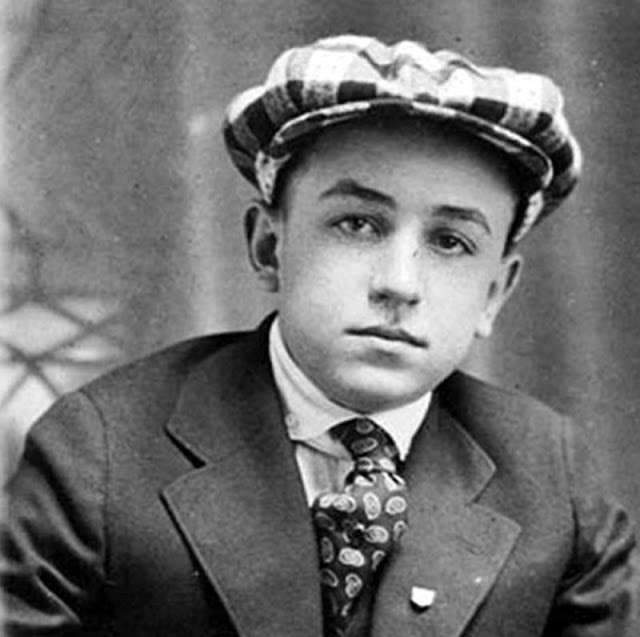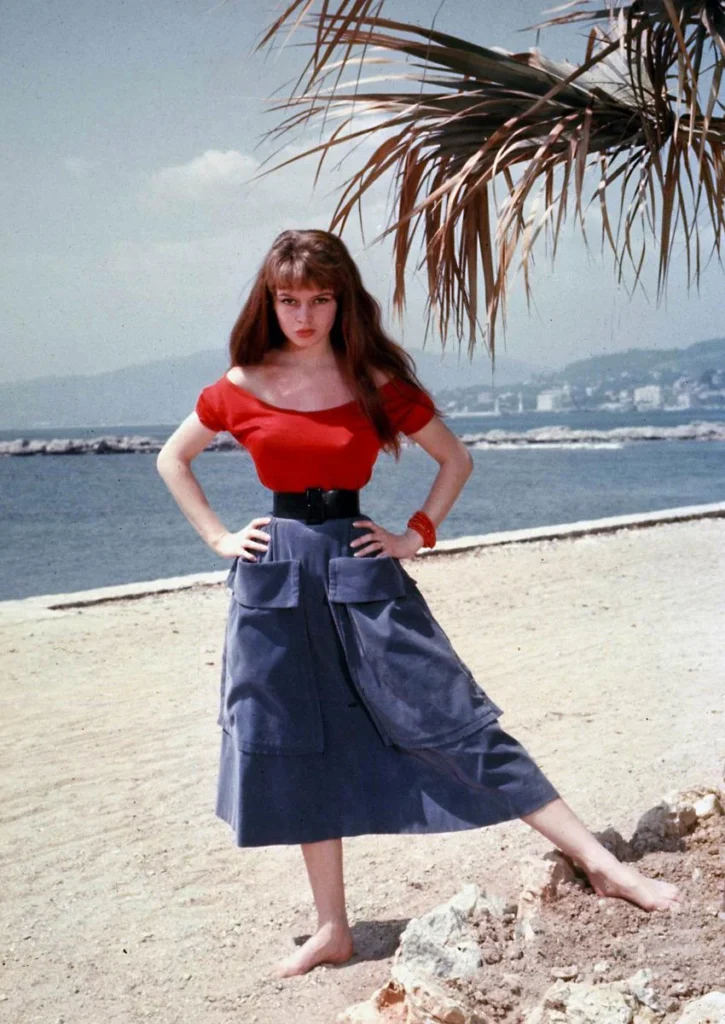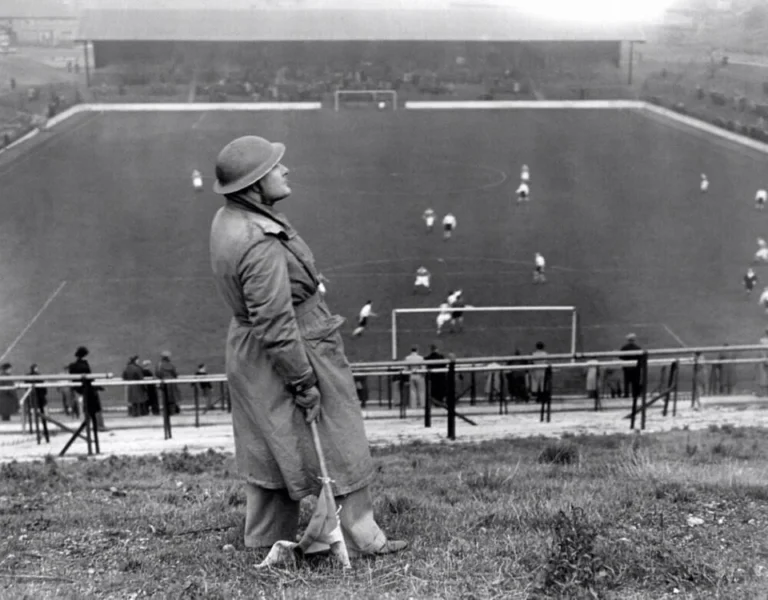14 Iconic Photos of the Statue of Liberty Under Construction

The Statue of Liberty, an enduring symbol of freedom and democracy, stands proudly on Liberty Island in New York Harbor. Gifted by France to the United States in 1886, this monumental statue has captivated millions of visitors with its grandeur and significance. However, what many may not realize is the fascinating journey of the statue’s creation, marked by iconic photos capturing its construction. These images not only document the engineering marvel but also embody the spirit of hope and liberty that the statue represents.
The Statue of Liberty was envisioned by Édouard René de Laboulaye, a French political thinker and abolitionist. Laboulaye believed that a statue would serve as a powerful symbol of friendship between France and the United States, celebrating the latter’s commitment to liberty and justice. In his vision, the statue would embody the principles of freedom, equality, and democracy, inspiring future generations to cherish these values.
Frédéric Auguste Bartholdi, a prominent French sculptor, was commissioned to bring Laboulaye’s vision to life. Bartholdi’s artistic brilliance is evident in every detail of the statue, from its majestic stance to the intricate folds of its robe. His design featured a female figure holding a torch aloft, symbolizing enlightenment and guiding the way to freedom. Bartholdi worked tirelessly on the project, facing numerous challenges in both design and construction.
The construction of the Statue of Liberty began in 1875 and required an innovative approach to design and engineering. Bartholdi initially created a scale model of the statue, which served as a blueprint for the full-sized version. The statue stands at an impressive 151 feet tall (46 meters) and is made primarily of copper, which would develop its iconic green patina over time. The design process was meticulous, ensuring that every detail was perfect, from the seven spikes on the crown representing the seven continents and oceans to the broken chains at the statue’s feet symbolizing freedom from oppression.
Once the design was finalized, the assembly process began in 1880. The statue’s internal structure, designed by Gustave Eiffel, featured an iron framework that provided support while allowing for the flexibility needed to withstand harsh weather conditions. This innovative design was groundbreaking for its time and showcased the engineering prowess of Eiffel, who would later gain fame for designing the Eiffel Tower.
The construction process took six years and involved skilled craftsmen and laborers from both the United States and France. As they worked on the statue, they documented the journey through photography, capturing iconic moments that would become part of history.
“The construction of the Statue of Liberty was not just a feat of engineering; it was a collaborative effort that symbolized the shared values of two nations.”
The early photos taken during the statue’s construction provide a unique glimpse into the monumental effort required to bring this vision to life. These images illustrate the intricate processes involved in assembling the statue, from the transportation of materials to the meticulous installation of the copper plates. Some of the most iconic photographs include:
These photos serve not only as historical documentation but also as a testament to the dedication and craftsmanship of those who participated in the project.
The unveiling of the Statue of Liberty on October 28, 1886, was a momentous occasion celebrated by thousands of people. Photographs taken during this event capture the excitement and reverence surrounding the statue as it was revealed to the public for the first time. The images portray a festive atmosphere, with dignitaries, citizens, and immigrants gathered to witness the unveiling of a symbol that would come to represent hope and opportunity for many.
The iconic photos of the Statue of Liberty under construction have had a lasting impact on how we view this monument today. They serve as a bridge connecting the past to the present, illustrating not only the dedication required to create the statue but also the profound meaning it holds.
These images resonate deeply with the values of freedom and hope that the statue embodies. They remind us that the statue was built not just as a piece of art but as a powerful statement against oppression and tyranny. The legacy of the Statue of Liberty is intertwined with the stories of countless immigrants who arrived in the United States seeking a better life, and these photographs capture the essence of that journey.
Moreover, the construction photos have inspired countless artists, filmmakers, and writers who have drawn upon the statue’s symbolism in their works. The enduring image of Lady Liberty continues to be a source of inspiration, representing the ideals of liberty and justice worldwide.

Photographs have an unparalleled ability to capture moments that words alone often fail to convey. Throughout history, some images have been so profound and unsettling that they leave a lasting impact on those who view them. Chilling photos are not merely snapshots; they are poignant reminders of the darker aspects of our world. In…

Introduction Photography is a powerful medium that captures moments in time, often telling stories that words alone cannot convey. Among these moments, photos taken just before tragedy struck hold a unique emotional weight. They freeze a slice of life, juxtaposed with impending doom, reminding us of our vulnerability and the fragility of existence. In this…

When we think of historical figures, we often picture them in their prime — standing tall as leaders, revolutionaries, or icons. But behind every monumental figure lies a story of youth, growth, and transformation. Seeing these figures in their younger years provides a fascinating lens into their early lives before they became legends. These rare…

Brigitte Bardot, often celebrated as the epitome of French beauty, has left an indelible mark on both cinema and fashion. With her striking features and charismatic presence, Bardot emerged as a symbol of the 1950s and 1960s cultural revolution. This article delves into the life and legacy of Bardot, exploring her journey from a budding…

In the theater of World War II, where battles raged and nations collided, the power of photography emerged as a profound force. Through the lens of a camera, moments of valor, despair, and triumph were captured, telling stories that words alone could scarcely convey. These iconic images from the war not only document history but…

Introduction to Meryl Streep Meryl Streep is often celebrated as one of the greatest actresses of our time. With an extraordinary ability to inhabit a wide range of characters, her career spans over four decades and includes an impressive number of awards and accolades. Streep’s contributions to the film industry are not just limited to…